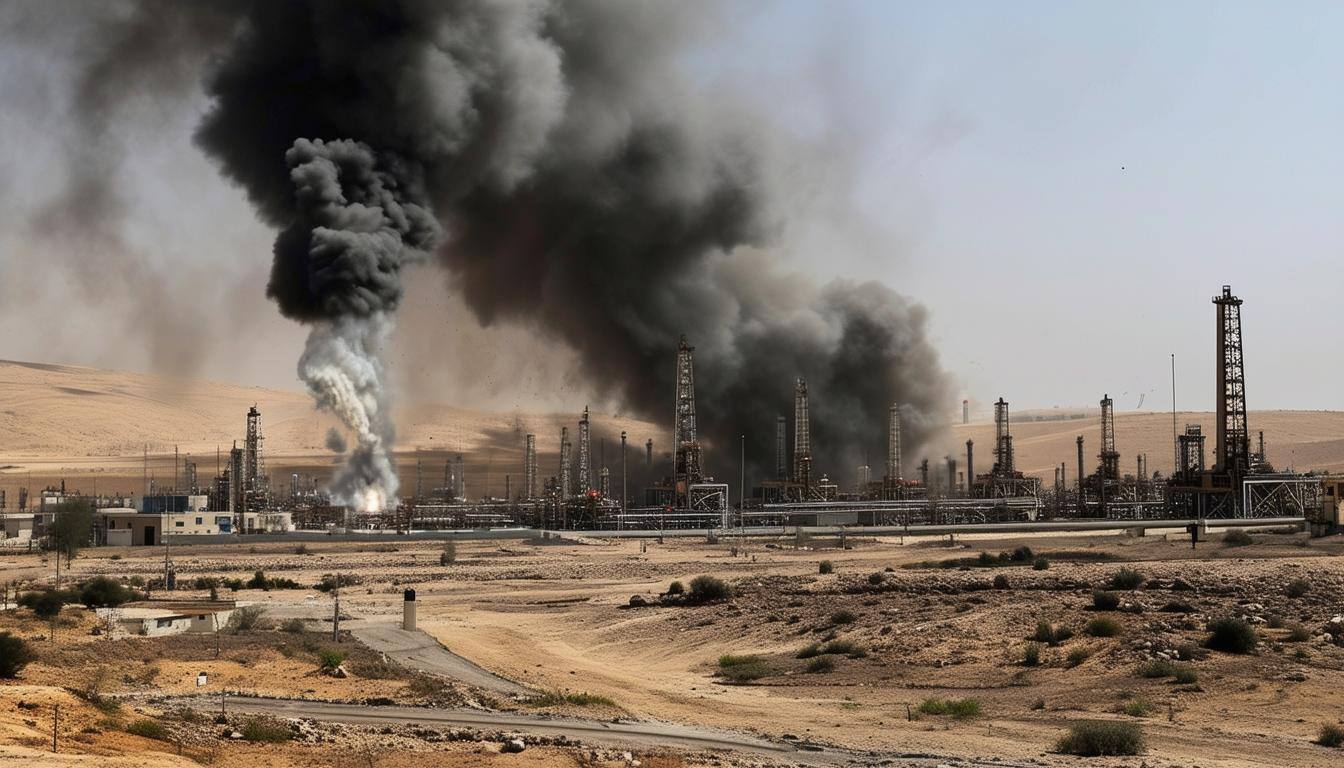Iran's oil production has surged back to near pre-sanctions levels, despite years of U.S. sanctions aimed at limiting its output.
The country's production has grown by a third over the past two years, reaching 3.4 million barrels per day. This resurgence has been fueled primarily by sales to China, with the U.S. Biden administration tacitly allowing some leeway on enforcement as it prioritizes lower gasoline prices over stricter sanctions. However, rising tensions between Iran and Israel are putting this recovery at risk.
The geopolitical landscape has become increasingly volatile, with Iran and Israel escalating their long-standing conflict in recent months. Hostilities have intensified, particularly with recent Israeli military actions against Hezbollah in Lebanon and Iran’s missile strikes in retaliation. Amid this backdrop, speculation has risen over a potential Israeli strike on Iranian oil infrastructure, spurred by comments from U.S. President Biden about the possibility of supporting such actions. Although analysts suggest that oil facilities are not Israel's primary target, the market remains on edge, as demonstrated by recent spikes in crude prices.

The Biden administration continues discussions with Israel, though no definitive stance has been taken. Any direct attack on Iran's oil sector could severely disrupt the country's economy, which heavily relies on oil export revenue. However, Israel's allies, including the U.S., EU, and Gulf nations, may discourage targeting oil infrastructure due to broader regional stability concerns. Even without an Israeli strike, Iranian oil exports face risks from a shift in U.S. policy. The Biden administration could adopt stricter sanctions enforcement as tensions escalate, while a potential Trump re-election may see a return to the "maximum pressure" campaign that previously crippled Iranian oil shipments.
Iran’s recent oil export success has been underpinned by China’s robust demand for discounted barrels, particularly from independent refiners. These transactions occur largely outside the global financial system, facilitated by intermediaries and the use of a “shadow fleet” of aging tankers. The illicit logistics network enables practices such as ship-to-ship transfers and the rebranding of cargo origins, making it challenging to track Iran's exports accurately. As a result, estimates of Iran’s oil shipments vary across monitoring organizations.
OPEC and its allies, led by Saudi Arabia, have some spare capacity that could compensate for any disruption to Iranian oil supply. The group has faced challenges in balancing global demand and production levels, delaying planned output increases due to the impact of Iran's growing exports and other members’ overproduction. Although Iran is exempt from OPEC’s production limits due to sanctions, its increasing output has countered the group's efforts to stabilize crude prices through restrained production.
The risk of further conflict in the Middle East, coupled with evolving U.S. policy, could significantly impact the global oil market. As Iran navigates these challenges, its oil comeback remains precarious, with broader implications for energy prices and geopolitical stability.

Source: gCaptain






